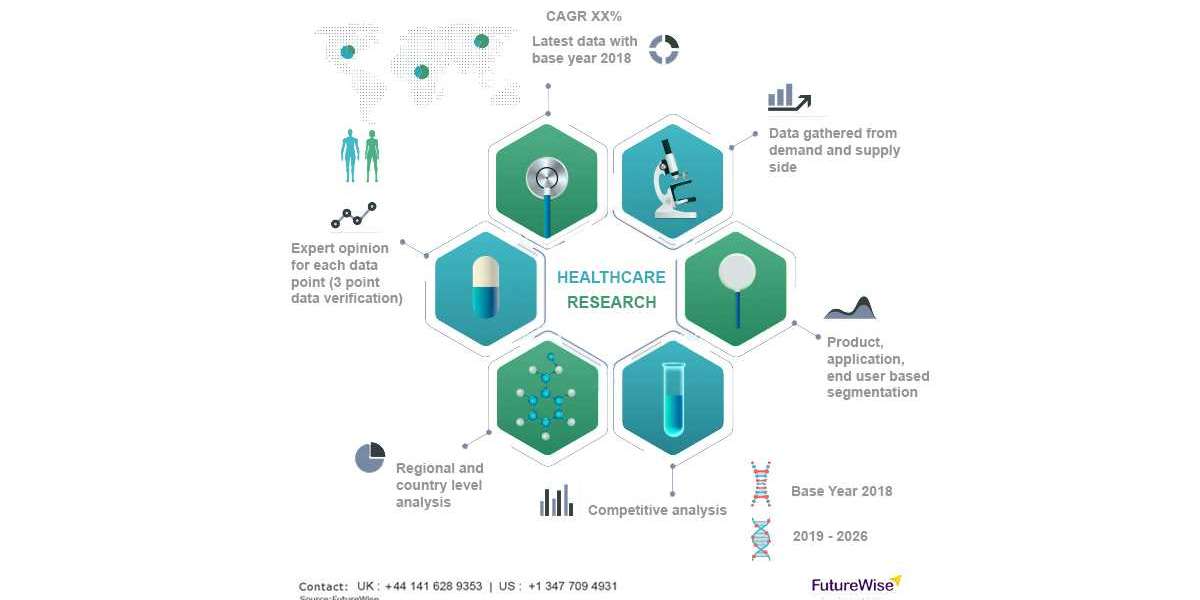The 21st century is when people are increasingly drawn to the automation and digitization of daily tasks and duties. Online shopping and ordering have grown in popularity over the last few years. You can order services like a spa, cleaning, or even healthcare online.
This blog briefly describes Telemedicine and its benefits in the healthcare industry. This blog is mainly about the way Telemedicine has changed the healthcare industry.
Telemedicine for Healthcare
Telemedicine allows a doctor and patient to communicate via phone or video. The concept of Telemedicine was also prevalent in Pakistan during the pandemic. Many medical professionals now offer to "see patients" via a smartphone or computer.
Telemedicine has many benefits in the healthcare industry. Telemedicine prevents you from driving to a doctor's clinic or office or waiting in a waiting room when you are sick. Your doctor can be consulted while you are relaxing on your bed or sofa at home. Telemedicine has become a popular choice for many people to manage long-term illnesses.
Telemedicine is Changing the Healthcare Industry
Modern technology is transforming the world for the better. These innovations aim to reduce costs, improve convenience, and save time. Here are ten ways that Telemedicine has changed the healthcare industry.
Effective long-term care
Telemedicine can help maintain a safe distance from others. It offers long-term treatment and care for people with chronic illnesses via online applications or other communication technology. Telemedicine can help manage various chronic heart conditions and digestive disorders. Telemedicine techniques that are commonly used include telemedicine monitoring and consultation. The doctors can then manage symptoms, assess the effectiveness of the treatment, and make changes to the treatment.
Telemedicine consultations offer patients the most up-to-date medical treatments they need. Patients are generally satisfied with this service because they decide when to schedule their consultations. Telemonitoring reduces hospitalizations and visits, which allows for a more efficient use of limited medical resources.
Privacy is a concern for many.
Telemedicine lets patients keep their consultations private, as they don't need to travel to hospitals or doctors in person. It will enable people to seek treatment for diseases and conditions they may be reluctant to discuss. Women in Pakistan, for example, face many challenges when trying to treat PCOS or any other sexual or reproductive disorder. These women can consult with their doctors in the privacy of the home using Telemedicine. This ensures they receive timely and proper treatment and that social taboos and general shyness don't affect their health.
Cost reduction
Telemedicine reduces costs for patients and doctors. For many reasons, Telemedicine's seemingly high consultation fees can still be a cost-saving tool. Travel is the most significant cost-saving factor. A doctor's online visit can save him and his patients money on travel costs, especially with the rising fuel cost. The cost savings can be significant for patients with chronic illnesses who need to visit the doctor regularly. They are already financially stressed due to their condition. Many insurance companies have partnered with telemedicine platforms. It covers virtual care visits that can reduce healthcare costs.
Access to healthcare is accessible.
Both time and money can be spent on healthcare visits. Students or working community members may miss a day from school or work to attend an in-person appointment. Online consultations can be scheduled and conducted in the comfort of your own home. You can choose from a variety of slots according to your schedule. Even if your consultation is expected at work, you can still attend by finding a quiet area with your phone and bringing it along.
Telemedicine can be used by people responsible for caring for children or older people. You can have your online consultations without hiring care for your elderly or children. Telemedicine can be very convenient when treating elderly patients with mobility problems. Children are uncomfortable in unfamiliar places. Children are more relaxed and calmer when they are treated at home.
Multidisciplinary ICU staff assistance
Patients in the ICU need non-stop care. Specialists should be available at all times, as the condition of critically ill patients can change at any time. Getting all specialists on hand simultaneously is sometimes impossible, especially if a patient has multiple problems. Telemedicine can be of assistance in this situation. Telemedicine allows doctors to care for ICU patients from a distance and to give immediate medical advice based on the patient's condition.
The tele ICU is a second set of eyes for doctors and nurses treating multiple patients simultaneously while dealing with alarms, other distractions, and other factors that may cause them to miss a medication dosage, a sudden drop in blood pressure, or other vital signals.
Tele-ICU professionals use one-way or two-way video cameras to make bedside assessments and consult with doctors. They can access the same patient data available to critical care staff on site, such as vital signs, lab results, and doctor notes. They can monitor the patient more closely and prescribe alternative medications or treatments because they're less distracted than hospital staff.
Physical therapy and rehab at home can be facilitated.
When patients leave the ER or ICU, the treatment process begins. This is especially important for patients recovering from a brain injury or neurological conditions such as multiple sclerosis or Parkinson's. These patients often need help to travel to medical institutions, whether they live in a rural or urban area.
Telemedicine can address these issues by a variety of means, including conducting cognitive and psychiatric assessments, facilitating group therapy sessions, providing patients with online resources, or remotely checking pedometer readings for patients to ensure their exercise program is on track.
Strokes and heart attacks: Immediate treatment is necessary
The speed of care increases the chances that a stroke or heart attack victim will survive. Many treatment cases depend on the ability to recognize signs and administer medication within 3 to 5 hours after a stroke or heart attack. Unfortunately, not all doctors in emergency rooms are qualified to make such decisions. Telemedicine is a solution to this problem. Telemedicine can provide immediate first aid for stroke victims and those suffering from heart attacks, which could save lives.
Heart disease and diabetes can be managed with this product.
Cardiovascular diseases are the leading cause of death worldwide. One in eight adults, or 206,000,000 people in the present population, has diabetes. Drug therapies, lifestyle changes, or social modifications can help to prevent many life-threatening situations. Regular hospital visits are complex, but doctors must work with patients to help them quit smoking, lose weight, or adjust their diet. Telemedicine may be a way to treat diabetes and heart disease.
Two conditions are necessary for successful management of heart disease and diabetes. To improve glycemic control, the patient must have a relationship with their doctor that increases self-efficacy or believes this activity is possible. The second step is to include goals to help patients change their behavior. Telemedicine makes this easier, allowing patients to monitor their vital signs, exercise, calorie intake, and medication schedules.
Expanded medical networks
Telemedicine allows patients to receive medical care from doctors anywhere in the globe. Consulting with other doctors often determines the best way to treat a patient. You don't need to select the doctor closest to you when you use Telemedicine. Instead, you can choose the one who is best for you.
Reduced total hospital costs
Telemedicine is a powerful tool that allows hospitals and clinics to automate administrative and manual tasks. The hospital can reduce costs by making the best use of its existing workforce. Telehealth can help with better resource management by giving employees the tools to succeed in their other professions and reducing their responsibilities.
Rent and maintenance costs are eliminated for online consultations. If hospitals can transfer outpatients to remote care, they can reduce their office workload and overall medical expenses.
The conclusion of the article
Telemedicine is transforming the healthcare industry in this digital age at a speedy rate. Telemedicine has improved convenience, long-term health care, immediate treatment, and more. This field is expected to grow with technological advancements, artificial intelligence, and telecommunications advancements. It will also transform healthcare.









